Communicating Ingredients - What's in that SIP?
In recent years, consumers are bombarded with the hyper-labeling of ingredients to identify characteristics that align with health and lifestyles. More and more packaging is labeled with things like, “Keto-friendly,” “Gluten-free,” and “Plant-Based” along with a myriad of other information, While adding these health attribution labels may speak to many consumers, it can leave many with more questions.
The Silicon Valley Bank’s State of the Wine Industry Report 2020 is an excellent guide full of useful data surrounding trends in the wine industry. The recent report clarifies, “While the wine industry can’t make health claims and include an icon that says “healthy” due to TTB label regulations, we can inform the public of the health attributes in our products, and we should be doing that if we want to market to a health-conscious population.” That said, they noted that the TTB regulations are strict about what can be put on labels. It is recommended that you consult with an attorney before you go down this path.
In addition to governmental regulations, diligent consumers rumble about the truths behind health attribution claims. Is wine vegan? It’s a cloudy answer and could result in more communication than you anticipated. Is wine plant-based? Well, sure, logically that makes sense, but from a marketing perspective, “plant-based” beverages are nut-based drinks, some juices, but not wine. Again, moving this health claim into a cloudy territory.
PRO TIP: Labeling wine SIP Certified
Because SIP Certified follows a rigorous and audited course of action to verify certification, conveying your sustainable farming and business practices with the SIP Certified logo is a sure-fire way to win with conscious customers. We’ve seen a dramatic rise in sustainable goods purchases in the US, with Millennials leading the charge. According to a Neilson report, “Consumer sentiment is shifting toward ‘healthy for me and healthy for the world,’” - a sentiment SIP Certified takes very seriously.
Add SIP Certified to Your Label
The SIP Certified logo is available to place on the front or back of your label. This information is crucial in helping you sell your wine at stores. Having certification present on the bottle distinguishes you from other brands, aligns you with your customer’s values, and delivers a story that goes beyond the glass.
- Certify any wine made with at least 85% SIP Certified fruit (estate or purchased).
- Wines can be certified at any time.
- Inspector reviews block to bottle documentation for 20% of the applied for wines.
To get started, contact Heather Thomas at heather@vineyardteam.org.

